Wading through the world wide web of wellness can feel overwhelming, and deciphering what’s healthy from what’s trending can seem like a workout in itself. If you are familiar with scrolling through mainstream health media, you’ll find pages on Paleo or Low Carb lifestyles and Keto isn’t far down the line.
Related Guides
Whether training for your fitness goals or just looking to make a lifestyle change, there’s a diet for everybody — but not every diet is right for everybody. Ultimately choosing what is best for your biome is between you and your physician but it never hurts to start your research at home and it can be a great way to start the conversation with your clinician. For the Keto curious, all the chatter about net carbs, ketones, and fasting can leave you more than a little keto confused. However, here are some simple guidelines that will give you the keys to Ketogenics so you can decide if this is the right diet door for you.

What Is the Keto Diet?
A Ketogenic Diet focuses on foods that are high in fat and low in carbs with the goal being to train the metabolism to burn fat more effectively and run at a more optimal level. Keto has been linked to immediate health benefits like weight loss and higher energy levels and to the treatment of long-term medical issues like type 2 diabetes, prediabetes, and epilepsy.
Keto 101
While you don’t have to worry about counting calories or breaking out scales, Keto does require a bit of math. Typically you want to keep your net carbs between 20 to 50 grams per day. This means the majority of your calories should come from protein and fat instead of carbohydrates.
So while that means the obvious carbs like sugar and starches, this also includes being conscious of high-carb vegetables — oh and that also means fruit. Keto focuses on “net carbs” which means carbs that are absorbed by the body. Sounds complicated but to find the net carb just subtract the amount of fiber from the total carbs. The other important factor in this diet’s equation is Ketosis. Think of this as a power setting for your metabolism. When your insulin and blood sugar levels are lowered the body begins to burn fat for fuel instead of the typical source of carbohydrates. This process also burns fats in the liver into ketones which the body uses as an alternative source of energy.
Knowing when your body is in ketosis can be hard to gauge without testing your blood sugar or ketone levels. However, there are some noticeable signs like weight loss, reduced appetite, and sometimes bad breath that show you’ve arrived. Occasionally people have also reported feeling cold-like symptoms in the first few weeks of their diet change which is often referred to as the keto flu. While it sounds uncomfortable and complicated, it only takes a few weeks of habit changing and consistency and your body will officially be resident of the metabolic state of Ketosis.
Keto-Friendly Foods to Eat
So now that you have the facts, let’s get to the important part — What can you eat on Keto? High fat doesn’t mean loading on the cheese and low carb doesn’t exclude good foods. There are many healthy and delicious options that make the diet achievable and easy.
Seafood

Oily fish like salmon, tuna, trout, and sardines are filled with good fats like omega-3 and are basically carb-free. Shellfish like shrimp and crab are also considered low-carb keto-friendly crustaceans.
Chicken and Beef

Naturally carb-less, meats are a great source of protein and nutrients that are needed to support a low-carb lifestyle. Grassfed meats contain a higher level of antioxidants and fewer hormones which makes them a smarter choice for a meat heavier diet.
Eggs
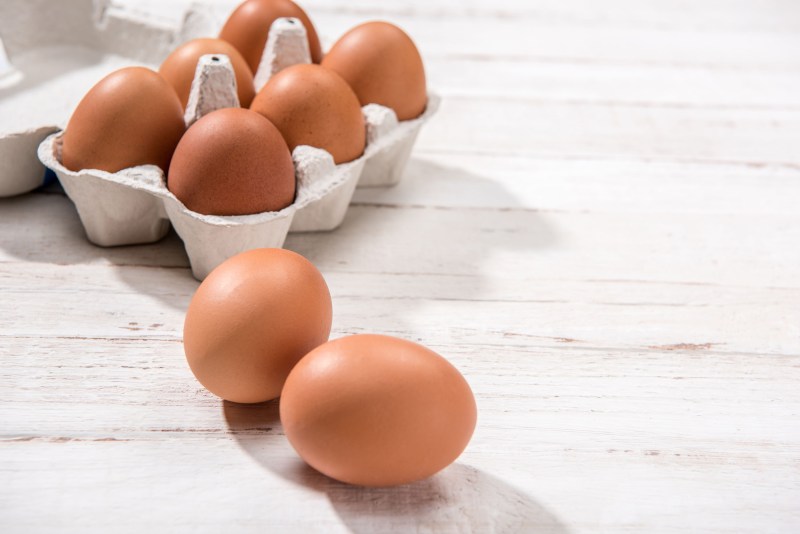
There’s a reason why eggs crack the top of most dietary lists. They are low in carbs, high in protein, and packed with vital nutrients like iron and Vitamin D, and B12. Effortless and versatile, they will fill you up without kicking you out of ketosis.
Avocado

This fat-filled superfood is basically the only fruit besides berries that are allowed in the keto diet. With the average avocado packing about 20g of fat, they are an obvious staple in keto cuisine. In that fat is oleic acid, vitamins like potassium, and folate plus loads of fiber which makes them slightly higher carb count of this food worth it.
Cruciferous Vegetables

It’s hard to think of vegetables as carbs but there are many good-for-you greens like beets or chickpeas that contain a high amount of carbohydrates where keto is concerned. Getting acquainted with low-carb vegetables like leafy greens, cauliflower, spaghetti squash, zucchini, and bok choy will keep your keto plate sprouting with high nutrient options.
Dairy

Lactose lovers rejoice knowing that most dairy products are keto encouraged. Favorites like cheddar, feta, and cream cheese all make the list including others like butter and Greek yogurt are also low carb, high fat, and nutrient-packed.
Snacks and Drinks

For the in-between times where you need a keto snack, you can help yourself to a hearty helping of nuts and seeds, unsweetened coffee and teas, as well as dark chocolate and cocoa.
Oils and Sauces
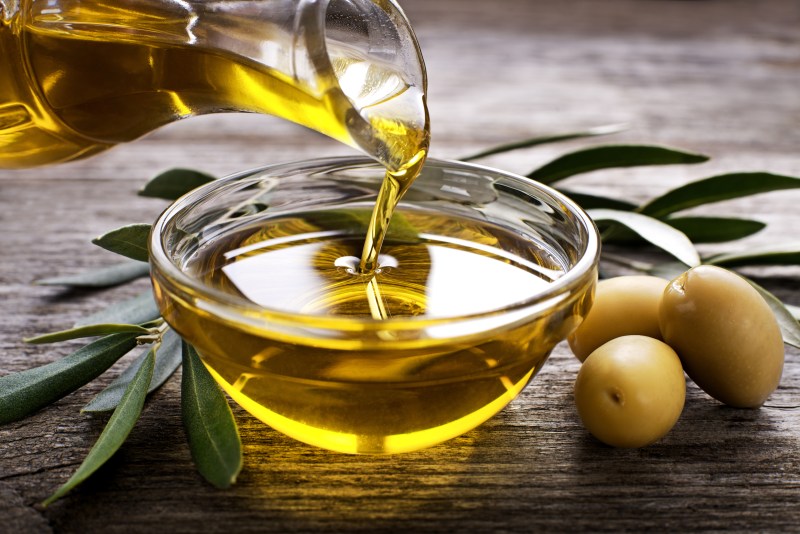
Olive and coconut oil are both high-fat healthy oils that are at the top of the keto food chain. While making your own sauces and dressings is the best way to avoid any hidden sugars or additives now there are also many keto-friendly sauces on the shelves.
Keto Foods to Avoid
Fruit
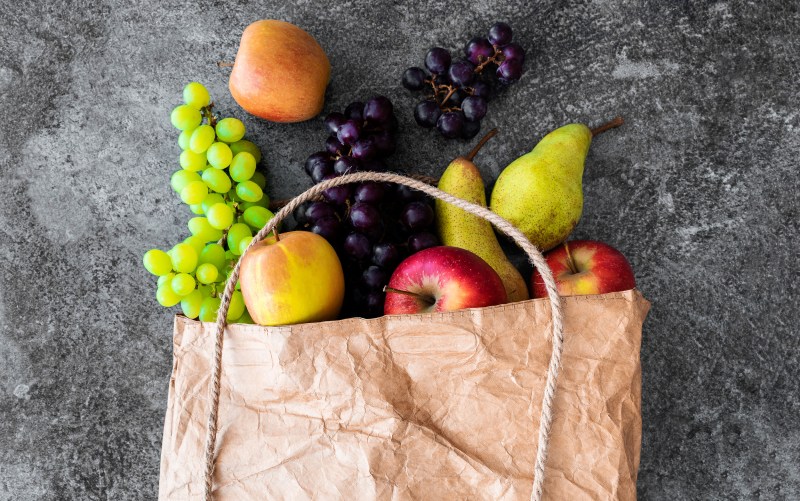
It’s delicious but filled with sugar which means carbs. However, you can have a few berries which are low in carbs but high in fiber, here and there.
Sugar

The obvious processed foods and soda but that also mean natural sweeteners like honey, agave, and maple syrup, and artificial sweeteners.
Starchy Vegetables
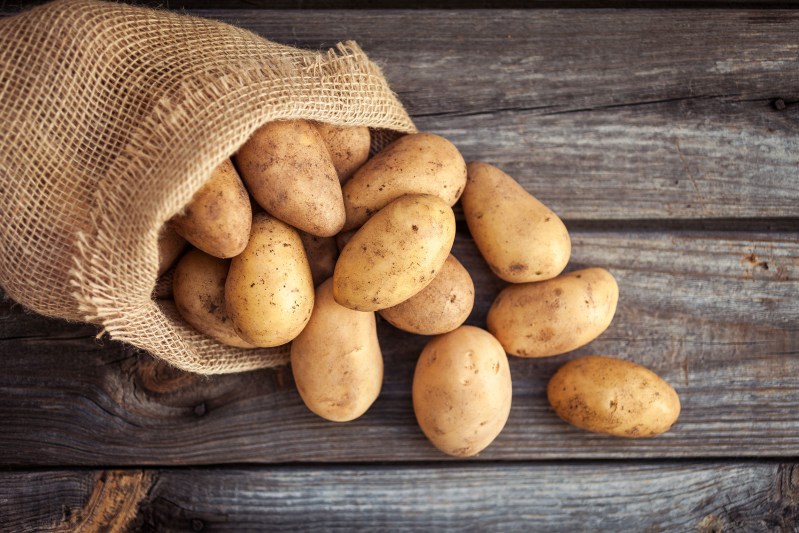
That means you potatoes, even the sweet ones, along with denser root veggies like beets and carrots.
Grains

Bread, pasta, rice, and all those cereal type grains. But saying goodbye doesn’t technically mean so long, there are many keto-friendly workarounds to fill the wheat void.
Legumes
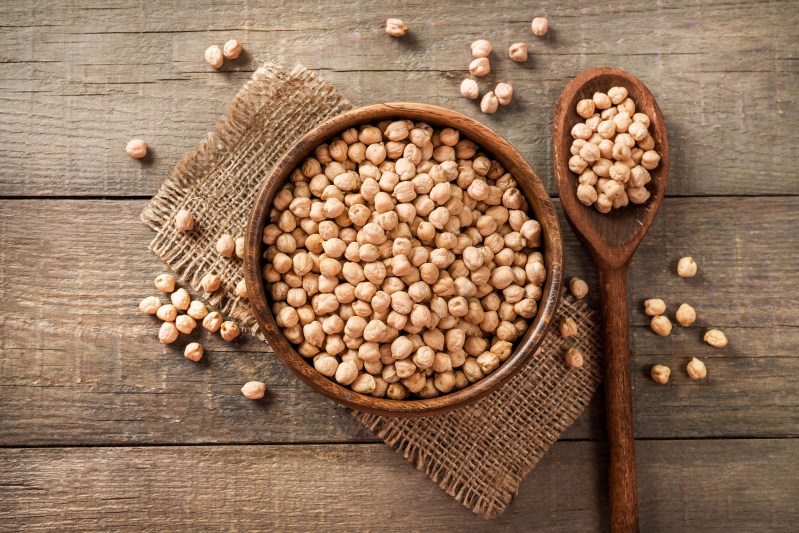
Beans and peas and anything that comes out of a pod. Excerpt for peanuts (which are technically a legume).
Alcohol

Technically alcohol is a grain that breaks down into sugar so it should be avoided. However, some say a few spirits like vodka and tequila can be enjoyed on keto, responsibly.
Editors' Recommendations
- What is Wagyu beef? Origin story, how it’s graded, and more
- Cruciferous vegetables are the secret to a healthy diet — here are 9 you should be eating
- A guide to Cajun food, a Franco-American wonder
- The best high-fat, low-carb foods for your keto diet
- Keto diet breakfasts on the go: How to order at Mcdonald’s, Wendy’s, Burger King, and Chick-fil-A


